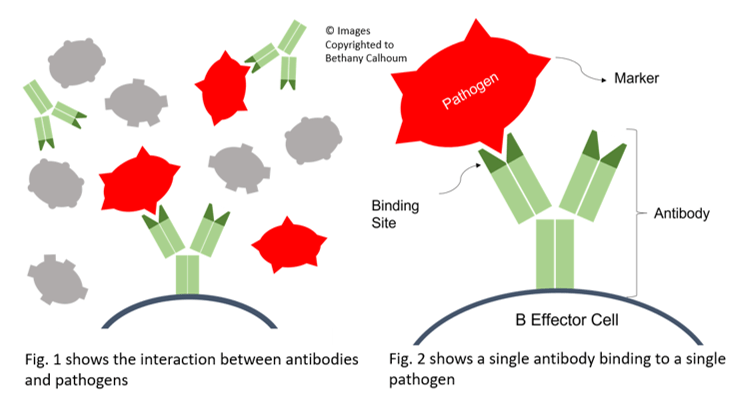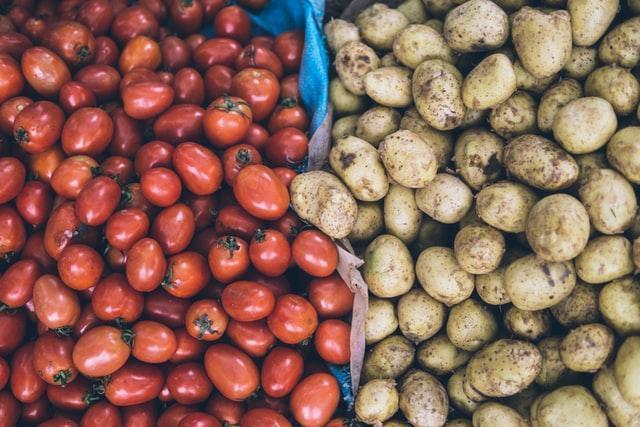Histamine intolerance (HIT), more technically known as enteral histaminosis, is characterised by the development of problematic symptoms after the ingestion of histamine containing foods.
However, current schools of thought are that HIT is not solely due to dietary histamine exposure, but exposure along with insufficient or impaired histamine detoxification.
We can see the raised eyebrows from here, so here at My Pet Nutritionist, we thought we’d take a closer look at this issue.
What is histamine
Histamine is a transmitter in the nervous system and a signalling molecule in the gut, skin, and immune system. It is synthesised from the amino acid histidine which is in fact an essential amino acid for humans and dogs.
It is primarily associated with the functioning of the immune system. During an immune reaction, histamine is released from mast cells throughout the body and contributes to the physical changes necessary for the immune system to fight the pathogen, like the increase in blood pressure, temperature, swelling, and constriction in the lungs.
Histamine is released to carry out a function and then it is removed, or it should be, efficiently.
Detoxification of dietary histamine normally occurs in intestinal epithelial cells via the enzyme diamine oxidase (DAO) as well as histamine-N-methyl-transferase (HNMT) in the liver.
The term histamine intolerance is used similarly to lactose intolerance in humans (LIT). LIT, with a deficiency of the enzyme lactase, shows parallels to the definition of HIT, with a deficiency of the GI enzyme diamine oxidase (DAO).
DAO is a secretory protein stored in structures of the plasma membrane and is responsible for the degradation of extracellular histamine. The expression of DAO is restricted to certain tissues, mainly the small intestine, colon, placenta and kidneys. In the intestine, DAO activity increases progressively from the duodenum to the ileum and is located mainly in the intestinal villi.
On the other hand, the enzyme HNMT is expressed in a wide range tissues including the kidneys and liver, the spleen, colon, prostate, ovaries, spinal cord cells, trachea, and respiratory tract.
The gateway for dietary histamine is the intestinal epithelium. So, although HNMT is also present in the gastrointestinal tract, the more highly expressed DAO plays the major role in protecting the body against exogenous histamine, whether originating from ingested food or generated by the intestinal microbiota.
What Can Cause Deficiencies in DAO?
There are polymorphisms in the genes that encode for the DAO enzyme, but certain medications, including over the counter products are seen to inhibit the activity of DAO enzyme too.
They include:
- Analgesics – morphine, NSAIDs
- Antiarrhythmics
- Antibiotics
- Antifungals
- Antimalarial
- Diuretics
- Motility agents
- Muscle relaxants
- Vitamins – ascorbic acid, thiamine
Findings Here
Furthermore, several inflammatory bowel pathologies affecting mucosal integrity are known to result in impaired DAO activity. DAO activity has been proposed as a marker of the integrity of intestinal mucosa. In inflammatory bowel diseases, reduced DAO activity was related to the degree of mucosal damage. In one human study, DAO activity was significantly reduced in cases of ulcerative colitis compared to the control population.
Findings Here
Prevalence of DAO deficiency in HIT
In human studies, 80% of patients showing symptoms of HIT also demonstrated DAO deficiency.
Symptoms of HIT include:
- urticaria
- pruritus
- diarrhoea
- abdominal pain
- vomiting
- constipation
- cough
- rhinitis
Diagnosing HIT
Currently the general rule of thumb is that two or more symptoms of HIT are being presented. Other gastrointestinal pathologies should also be dismissed. Low histamine diets are recommended in the short term, to establish remission or improvement in symptoms.
Low Histamine Diets
Foods that potentially contain high levels of histamine are:
a) those microbiologically altered, such as fish and meat, or derived products that may have been preserved or processed in unsuitably hygienic conditions.
b) fermented products, in which the bacteria responsible for the fermentation process may also have aminogenic capacity.
If you would like more information on low histamine diets check out our blog here.
Low Histamine Diets for Dogs
More are now acknowledging the role of DAO inhibitor medications and the result on histamine load. In addition, we must consider how the health of the gut may be influencing enzyme capacity and so we really need to take a look at the bigger picture.
Does My Pet Need to Detox
7 Steps to Optimal Gut Health for Pets
If any of this is ringing a little true for your dog, then please check out our services to see if we may be able to help.
Thanks for reading,
Team MPN x







